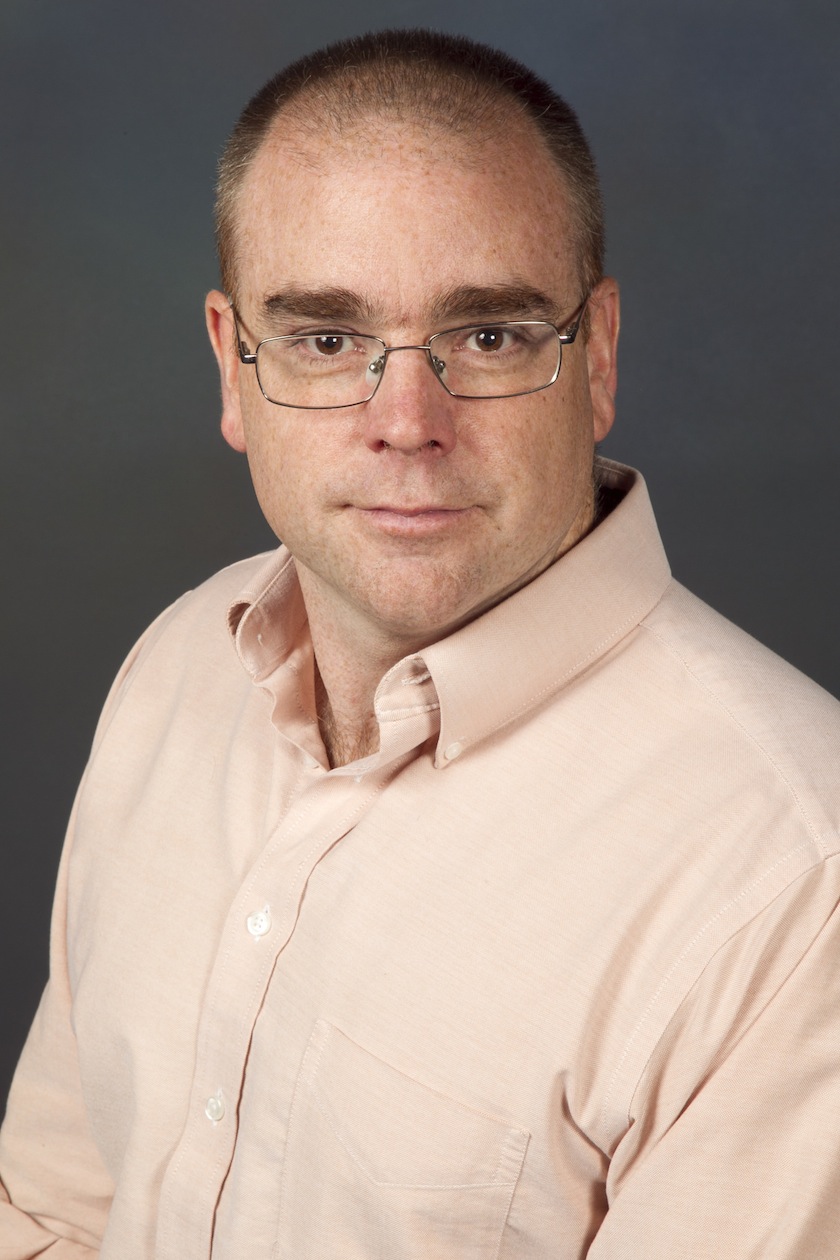- Los Alamos National Laboratory
- MS H805
- Los Alamos, NM 87545
-
- Phone: 505-661-2385
- Email: [email protected]
|
|
Scientist 4 (Senior Scientist), Los Alamos National Laboratory
|
|
- 2012-2013 Visiting Professor, Physics Department Carnegie Mellon University, Pittsburgh, PA
- 2000-present Technical Staff Member, MST-8, Los Alamos National Laboratory, Los Alamos, NM
- 1998-2000 Post Doc, LANSCE 12, Los Alamos National Laboratory, Los Alamos, NM
- 1993-1998 Graduate Research/Teaching Assistant, The Pennsylvania State University
- 1997 Lecturer, Physics 202, Electricity and Magnetism, The Pennsylvania State University
- 1992 Intern – Prototype Division, GTE Sylvania, Warren, PA
- 1991 NSF-REU Undergraduate Research Assistant, Lehigh University, Bethlehem, PA
|
|
- 2008 Japanese Society for the Promotion of Science Fellowship Award
- 2004 Defense Programs Award of Excellence
- 2001 Defense Programs Award of Excellence
- 1994 Physics Departmental Graduate Teaching Award
- 1993 Sigma Phi Sigma National Physics Honor Society
|
|
- 2008-2011 ORNL Neutron Scattering Science Review Committee
- 2008-2010 Los Alamos National Laboratory LDRD-ER Engineering Review Committee
- 2007-present Metallurgical Transactions A Review Board Member
- 2004-2007 Lujan Center Materials Proposal Advisory Committee member
|
|
|
My career has been based on using diffraction to study structural and functional materials under conditions simulating use or processing. The SMARTS neutron diffractometer at the Lujan Center was built around this concept. I have used neutrons or x-rays to probe materials as appropriate. The materials range from aerospace materials (steel, magnesium, titanium), defense materials (uranium, beryllium), shape memory alloys (NiTi), to most recently nuclear energy materials.
|
|
- As a user interested in nuclear energy materials I have experienced some degree of frustration in bringing radioactive materials into the APS. My first goal in this endeavor is to put myself into a position where I can possibly influence policy on the use of radioactive materials at the APS. Currently, the APS wastes much of its advantages (such as amazing signal/noise) by requirements on containment that, while they conform to the rules, are often not well considered.
- Second, as both a frequent user of the APS (~5x per year) as well as a long time (10+ years) instrument scientist at a DOE-funded facility, I believe I have a unique perspective that can help guide future developments at the APS with an eye strongly fixed on improving the user access and experience at the APS.
|

